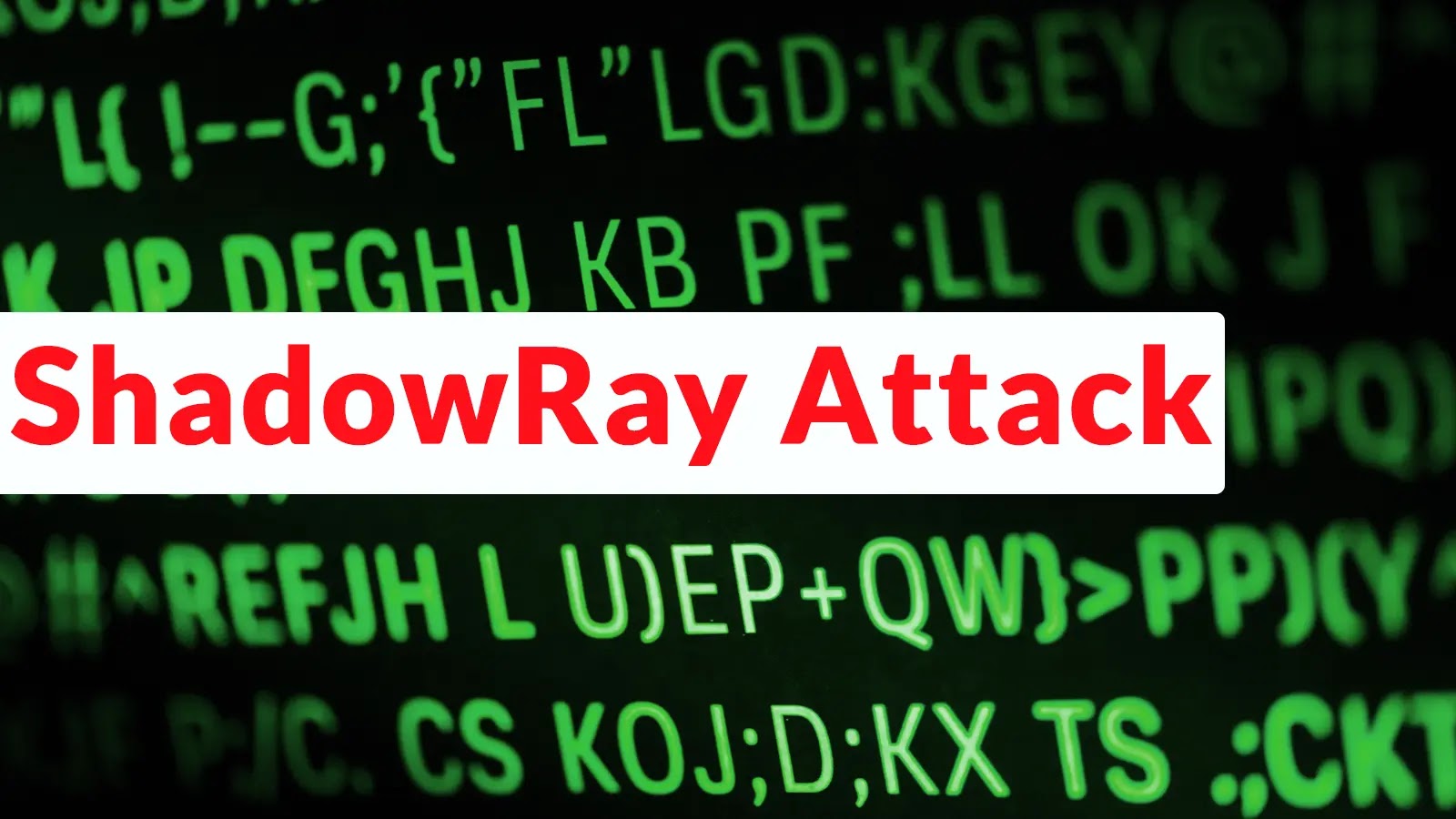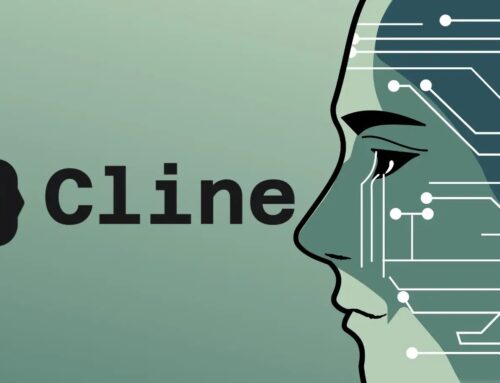
New ShadowRay Attack Exploit Ray AI-Framework Vulnerability to Attack AI Systems
The digital defense perimeter is constantly tested, and a new global hacking campaign, dubbed ShadowRay 2.0, has emerged, exploiting a critical vulnerability within the widely adopted Ray AI framework. This sophisticated attack vector allows threat actors to silently seize control of powerful AI computing clusters, repurposing them for illicit cryptocurrency mining operations. Understanding the mechanics and implications of ShadowRay 2.0 is crucial for any organization leveraging distributed AI systems.
Unpacking ShadowRay 2.0: A Stealthy Takeover of AI Infrastructure
Cybersecurity researchers have identified an active, widespread campaign targeting the Ray AI framework. This open-source platform is a cornerstone for managing distributed computing tasks across numerous AI and machine learning applications. The ShadowRay 2.0 attack specifically leverages a known flaw, CVE-2023-48022, to gain unauthorized access to and control over valuable AI computing resources.
The primary objective of these attackers is financially motivated: to co-opt high-performance AI clusters for cryptocurrency mining. This essentially turns legitimate, resource-intensive operations into clandestine mining farms, consuming significant computational power and electricity without the owners’ knowledge or consent. The silent nature of the compromise makes detection challenging, further exacerbating the impact.
The Ray AI Framework: A Double-Edged Sword
Ray’s popularity stems from its ability to efficiently scale AI workloads across a multitude of machines. This capability, while beneficial for rapid AI development and deployment, also presents an attractive target for adversaries. A single vulnerability within such a central framework can open the floodgates to a vast array of connected computing assets.
The CVE-2023-48022 vulnerability specifically allows remote code execution, granting attackers the ability to run arbitrary commands on affected systems. Once established, they can then deploy their cryptocurrency mining software, establish persistence, and potentially exfiltrate sensitive data, making this a multifaceted threat.
The Impact: Resource Hijacking and Beyond
The immediate and most visible impact of the ShadowRay 2.0 campaign is the unauthorized utilization of computational resources. Organizations may experience:
- Increased operational costs: Due to higher electricity consumption and potentially cloud computing charges.
- Degraded performance: AI models and applications running on compromised clusters may suffer from reduced processing power and increased latency.
- Security risks: Beyond cryptocurrency mining, a compromised system can serve as a launchpad for further attacks, including data theft or the deployment of other malicious payloads.
- Reputational damage: If the compromise becomes public, it can erode trust and impact a company’s standing.
Remediation Actions for Ray AI Framework Users
Mitigating the ShadowRay 2.0 threat and similar vulnerabilities in the Ray AI framework requires prompt action and a proactive security posture. Here are immediate steps organizations should take:
- Patch Immediately: Apply the latest security patches and updates for the Ray AI framework. Ensure all instances are running a version where CVE-2023-48022 has been addressed.
- Network Segmentation: Isolate AI computing clusters on separate network segments. Restrict access to these clusters only to necessary personnel and services.
- Strong Authentication: Implement robust authentication mechanisms for accessing Ray clusters, including multi-factor authentication (MFA) where possible.
- Principle of Least Privilege: Ensure that users and services accessing Ray clusters operate with the minimum necessary permissions.
- Monitor for Anomalies: Continuously monitor CPU utilization, network traffic, and outbound connections from AI clusters for unusual patterns that could indicate unauthorized activity. Look for processes associated with cryptocurrency miners.
- Regular Security Audits: Conduct frequent security audits and penetration tests on your AI infrastructure to identify and address potential weaknesses.
- Review Configuration: Scrutinize Ray cluster configurations for any unintended exposure or misconfigurations that could be exploited.
Detection and Mitigation Tools
Leveraging appropriate tools can significantly aid in detecting and mitigating vulnerabilities like CVE-2023-48022 and the ShadowRay 2.0 attack.
| Tool Name | Purpose | Link |
|---|---|---|
| Official Ray Documentation/Change Logs | Checking for official patches and security updates. | https://docs.ray.io/ |
| Network Intrusion Detection/Prevention Systems (NIDS/NIPS) | Monitoring network traffic for suspicious activity and known attack signatures. | (Vendor Specific) |
| Endpoint Detection and Response (EDR) Solutions | Detecting malicious processes, unauthorized file changes, and unusual system behavior on endpoints. | (Vendor Specific) |
| Vulnerability Scanners (e.g., Nessus, OpenVAS) | Identifying known vulnerabilities, including outdated software versions, on network-connected systems. | Nessus, OpenVAS |
| Cloud Security Posture Management (CSPM) | Automated scanning and monitoring of cloud environments for misconfigurations and compliance issues. | (Vendor Specific) |
Key Takeaways for AI Security
The ShadowRay 2.0 campaign underscores the imperative for robust security practices within AI computing environments. The widespread adoption of open-source frameworks like Ray, while fostering innovation, also introduces communal security responsibilities. Organizations must remain vigilant, prioritize timely patching, and implement comprehensive security measures to protect their valuable AI infrastructure. Proactive monitoring and a layered security approach are no longer optional but essential safeguards against sophisticated and evolving threats.





